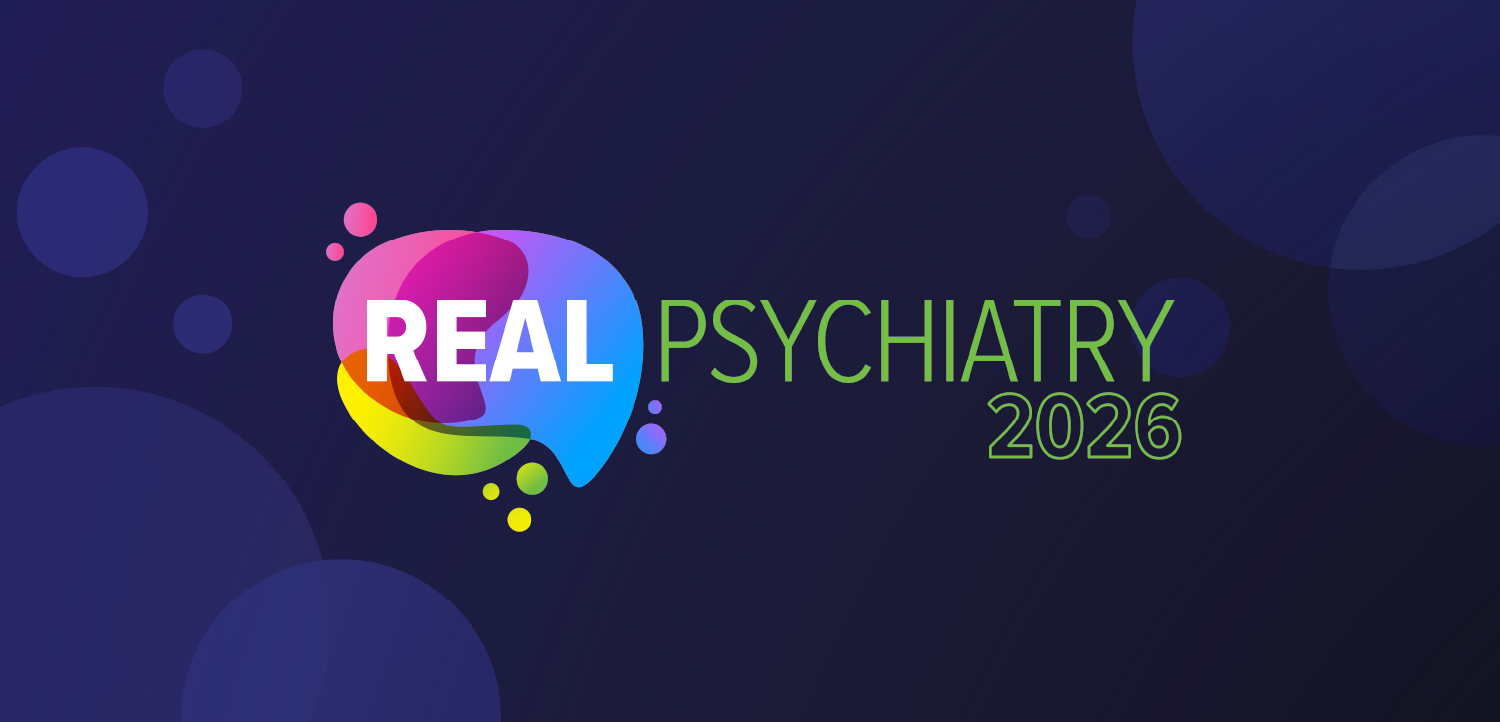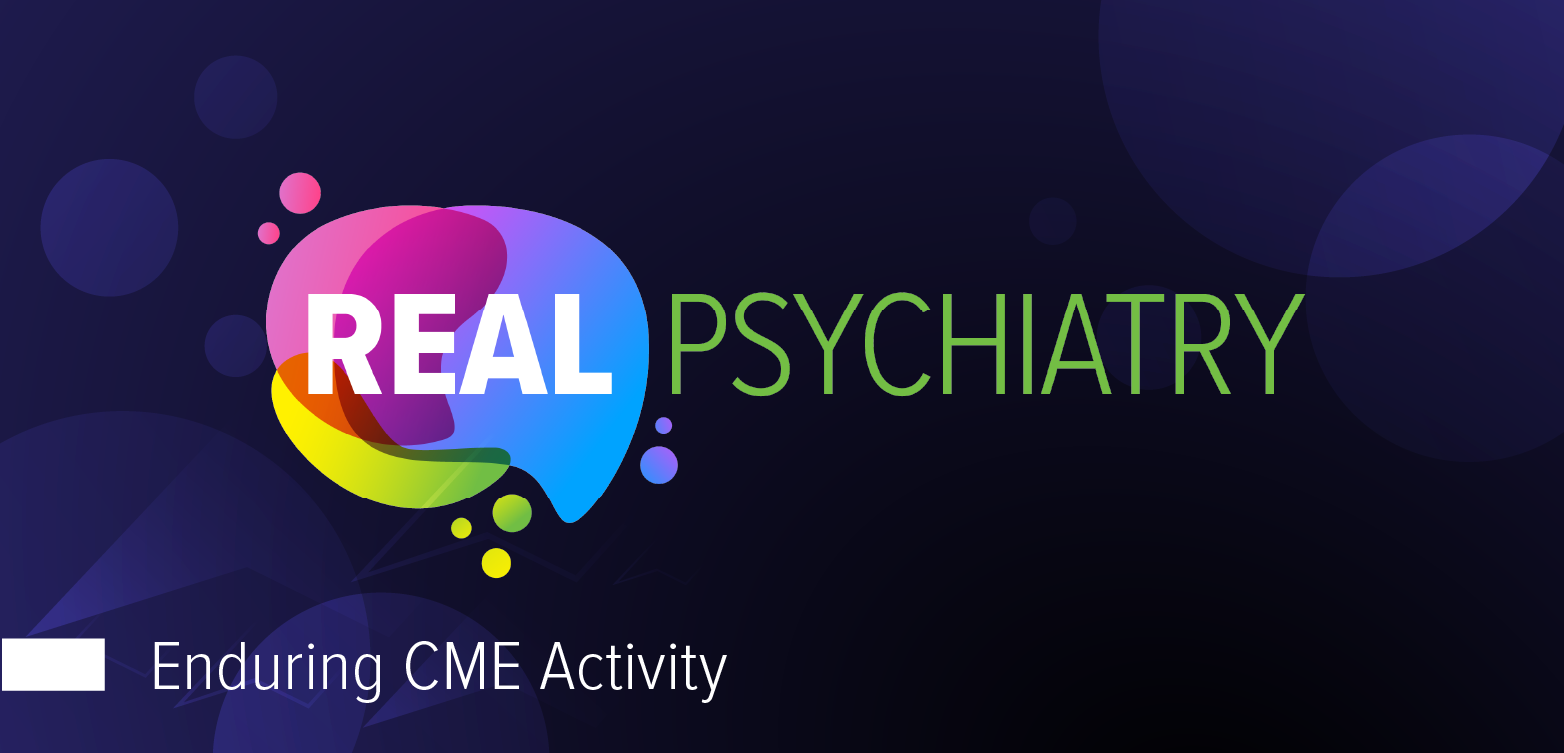
- Vol 42, Issue 2
The Prism of Psychiatric Diagnosis: Can This Potential Assessment Tool Shed Light on the Patient’s Psychpathology?
Key Takeaways
- The diagnostic prism offers a nuanced approach to complex psychiatric cases, using seven functional categories to analyze symptoms.
- Balancing the prism with Occam's razor helps avoid missing a singular underlying diagnosis in multifaceted presentations.
Test-drive this 7-fold model in your own practice.
COMMENTARY
Case Study
“Ms A” is a software engineer, aged 40 years, who presents with a 10-year history of numerous psychiatric complaints, including but not limited to: flashbacks of a traumatic encounter when she was accosted by a man in a crowded elevator, difficulty sustaining attention at work, feeling “like I’m floating outside my body at times,” numerous periods of severe anxiety and depression, occasional binge eating, intrusive thoughts of harming herself, and great difficulty relating to male colleagues.
No doubt about it, psychiatric patients can be complicated, and so can psychiatric diagnosis. Indeed, the DSM-5 confronts the clinician with 20 major diagnostic categories, comprising nearly 300 specific disorders, depending on how one counts them.1,2 So, what is the clinician to do when faced, for the first time, with a patient like Ms A? How likely is it that her symptoms can be explained by a single diagnosis?
This is a composite case but, in my experience, not unrealistic in outpatient psychiatry. I think many of us would have difficulty coming up with a DSM-5 diagnosis that could comprehensively account for this clinical presentation. The categorical structure of the DSM-5 does not lend itself to a fine-grained deconstruction of Ms A’s problems. This conundrum has led me, over the course of 4 decades in psychiatry, to devise a diagnostic prism to aid the clinician evaluating a patient for the first time. I use this metaphor because of the prism’s refractive properties, such that a beam of light is separated into the colors of the rainbow. My diagnostic prism consists of 7 categories that represent the refraction of the patient’s clinical picture, allowing the clinician to gain a better understanding of her problems. This set of 7 categories simplifies and condenses much of the content of the 20 main DSM categories, transforming them into a set of disturbances of function.
Let’s take a look at the 7 functional categories:
- Disturbances of reality perception (eg, delusions, hallucinations, flashbacks, derealization, brief psychotic episodes)
- Disturbances of memory, calculation, planning, or attention (ie, cognitive impairment)
- Disturbances of self-integration (eg, dissociative states, depersonalization, identity confusion, loss of ego boundaries, etc)
- Disturbances of mood quality, regulation, or stability (includes anxious, depressive, and manic states; mood cycling; etc)
- Disturbances of behavioral self-regulation (eg, self-injury, violence, compulsions, pathological gambling, dyscontrol of appetite or substances/drugs)
- Disturbances of thought process, organization, and flow (loose associations, disorganized thinking, intrusive thoughts, obsessions)
- Disturbances of interpersonal relations (antisocial tendencies, unstable relationships, splitting, exploitative behavior, etc)
The Prism Meets Occam’s Razor
These categories of disturbance are not intended to replace the 20 categories of the DSM-5, nor are they intended as comprehensive, etiology-based explanations of the patient’s presenting problems. This diagnostic prism amounts to a prediagnostic deconstruction of the patient’s presenting problems, with the ultimate goal of developing a biopsychosocial case formulation and appropriate treatment plan.3 It is also important to note that these 7 categories do not map neatly onto specific DSM categories. For example, a patient diagnosed with schizophrenia by DSM-5 criteria may show symptoms from category 1 (delusions, hallucinations); category 3 (loss of ego boundaries); category 6 (loose associations); and category 7 (unstable interpersonal relationships)—or, indeed, from all 7 categories. Going back to Ms A, we can see that her symptom constellation spans the entire 7-fold spectrum—and I would suggest that this is not uncommon in clinical practice.
Now, there are epistemic, diagnostic, and even therapeutic risks in seeing the patient’s problems through this sort of refractive lens. If used in isolation, this approach can obscure a single diagnostic entity that can etiologically explain the patient’s clinical picture. This point hearkens back to the well-known Occam’s razor, named for the medieval philosopher William of Occam. Though Occam himself never used the term razor, we have come to apply that term to his thesis that “plurality should not be posited without necessity”; alternatively, “entities are not to be multiplied beyond necessity.”4
For example, the diagnosis of schizophrenia might well provide the best fit for the concurrence of paranoid delusions, command auditory hallucinations, loss of ego boundaries, loose associations, and other features noted in the DSM-5 criteria for schizophrenia. To employ Occam’s razor, the clinician may need to engage in reverse refraction—analogous to the phenomenon in which, by passing the separated colors through a second prism positioned with the opposite orientation, the spectra of the rainbow are recombined, producing white light again. In effect, having separated the patient’s presentation into its component dysfunctions, the clinician must then ask, “Is there a single, well-defined disease entity that can account for this set of disturbances?” In my experience, it is often the process of toggling between these 2 methods—refraction and reverse refraction—that yields a more comprehensive understanding.
Treat the Disease Whenever Possible
To be clear, an excessive focus on individual symptoms or functional deficits risks missing the diagnostic forest for the trees, that is, conceptualizing the patient’s condition symptomatically rather than uncovering the underlying disease. Unfortunately, in both psychiatry and general medicine, we often find ourselves unable to identify a single underlying disease entity that accounts for the patient’s clinical picture. As family physician Kirsti Malterud, MD, has observed, “…a clear and clean linearity between clinical phenomena, the names we can give them, and a subsequent rational treatment is the atypical exception rather than the norm in clinical medicine.”5
In ambiguous cases, it is helpful to identify specific functional deficits that can be ameliorated by careful treatment. The diagnostic prism can be a useful tool in guiding such treatment. For example, in the hypothetical case of Ms A, we might recommend interpersonal psychotherapy to address her difficulty relating to male colleagues, while considering pharmacotherapy for her periods of severe anxiety and depression. We would need more detailed information to determine optimal treatment.
Future Directions
I am hopeful that clinicians will test-drive this 7-fold model in their own practice, particularly when first assessing a patient with a complicated spectrum of psychopathology, and share their experiences. I can even envision developing the prism into a quantitative screening instrument.
Dr Pies is professor emeritus of psychiatry and lecturer on bioethics and humanities, SUNY Upstate Medical University; clinical professor of psychiatry, Tufts University School of Medicine; and editor in chief emeritus of Psychiatric Times (2007-2010). Dr Pies is the author of several books. A collection of his works can be found on
References
1. Regier DA, Kuhl EA, Kupfer DJ.
2. Peterson TJ. The DSM-5: the encyclopedia of mental disorders. Healthy Place. October 23, 2019. Accessed January 17, 2025.
3. Ruffalo ML, Pies RW. Psychiatric diagnosis 2.0: the myth of the symptom checklist. Psychology Today. June 14, 2020. Accessed January 17, 2025.
4. Duignan B. Occam’s razor. Encyclopaedia Britannica. January 16, 2008. Accessed January 17, 2025.
5. Malterud K. Diagnosis–a tool for rational action? a critical view from family medicine. Atrium. 2013;11:26-31.
Articles in this issue
10 months ago
Who Are the Youth With Undiagnosed ADHD Symptoms?10 months ago
Using CBT to Empower Black Patients10 months ago
Monitoring Managed Care: RevisitedNewsletter
Receive trusted psychiatric news, expert analysis, and clinical insights — subscribe today to support your practice and your patients.













